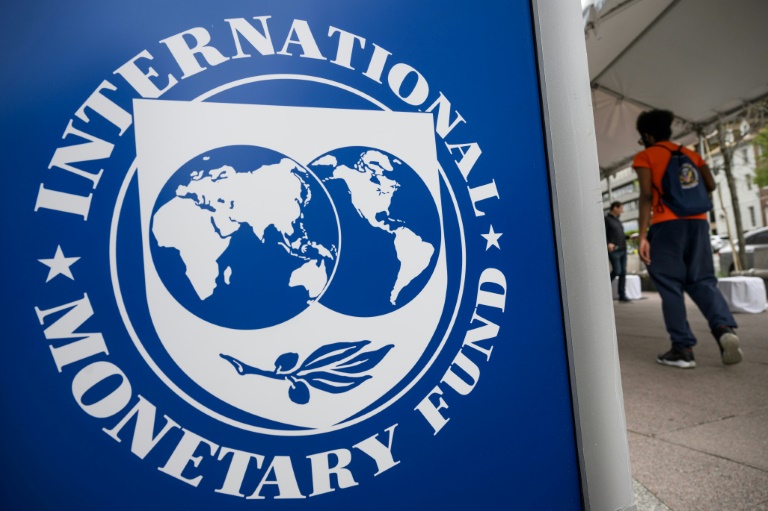IMF ups global growth forecast but signals medium-term pessimism

The outlook differs sharply between countries and regions
Washington – The IMF has raised its outlook for the global economy this year, while maintaining a gloomy forecast over the medium term, according to fresh data published Tuesday.
The International Monetary Fund now expects the world economy to grow by 3.2 percent this year, up 0.1 percentage point from its previous forecast in January, and by a further 3.2 percent in 2025, according to the latest World Economic Outlook (WEO) report.
Global headline inflation is expected to ease from 5.9 percent this year to 4.5 percent in 2025, supported by elevated interest rates in many countries.
“The global economy continues to display remarkable resilience, with growth holding steady and inflation declining,” IMF chief economist Pierre-Olivier Gourinchas told reporters on Tuesday. “But many challenges still lie ahead.”
“Most indicators continue to point to a soft landing,” he said, referring to attempts by many central bankers to bring inflation down to target without fueling unemployment or hampering economic growth.
The WEO’s publication comes as global financial leaders gather in Washington this week for a series of semi-annual meetings hosted by the IMF and World Bank.
Assistance for the world’s most indebted nations and climate change top the agenda for those meetings.
– Divergence among advanced economies –
The differences among the world’s advanced economies are stark: The IMF now expects growth in the United States to hit 2.7 percent this year — up 0.6 percentage points from the January forecast — marking an acceleration from the 2.5 percent growth recorded in 2023.
Growth in the world’s largest economy is then expected to slow to 1.9 percent in 2025, slightly higher than previously expected.
In contrast, the euro area is now expected to grow by just 0.8 percent in 2024 — down 0.1 percentage point from January and only slightly above last year’s tepid 0.4 percent expansion — before picking up to 1.5 percent in 2025.
The outlook for the United Kingdom and Canada this year has also been revised lower, while Japan’s 2024 growth forecast was unchanged.
– China unchanged –
The picture is also mixed for emerging market and developing economies.
China, the world’s second-largest economy, is still expected to grow by 4.6 percent this year, and by 4.1 percent in 2025 — unchanged from January.
The growth slowdown is largely down to the easing of a “postpandemic boost to consumption and fiscal stimulus,” and ongoing weakness in the property sector, the WEO said.
One of the bright spots this year is India, which the IMF now expects to grow by 6.8 percent — up 0.3 points from January’s forecast — and by 6.5 percent in 2025.
Although a full percentage point below India’s growth figure for 2023, the robust growth expected this year reflects the South Asian economy’s “continuing strength in domestic demand and a rising working-age population,” the IMF said.
– Russia outlook improved, again –
Russia’s growth prospects have been revised sharply higher once more, as it continues to defy expectations of a slump due to its costly ongoing war in Ukraine.
The Russian economy is now expected to expand by 3.2 percent this year, and by 1.8 percent in 2025, well above January’s forecast.
Such unexpected strength is down to four key factors, including Russia’s steady oil export volumes, strong corporate investment, “robustness” in private consumption, and impact from government spending, IMF Research Department deputy director Petya Koeva Brooks told reporters.
This year’s forecast for Latin America is slightly higher at 2.0 percent, while the outlook for Sub-Saharan Africa is unchanged at 3.8 percent.
The outlook for 2024 growth in the Middle East and Central Asia is slightly lower, at 2.8 percent, down 0.1 percentage point.
Despite the IMF’s more optimistic overall 2024 outlook, the WEO report still finds that medium-term growth is expected to remain “historically weak,” due largely to “persistent structural frictions preventing capital and labor from moving to productive firms.”
It expects growth to hit 3.1 percent in 2029, well below its pre-pandemic forecast.
The IMF report also found that “the pace of convergence toward higher living standards for middle- and lower-income countries has slowed, implying a persistence in global economic disparities.”
